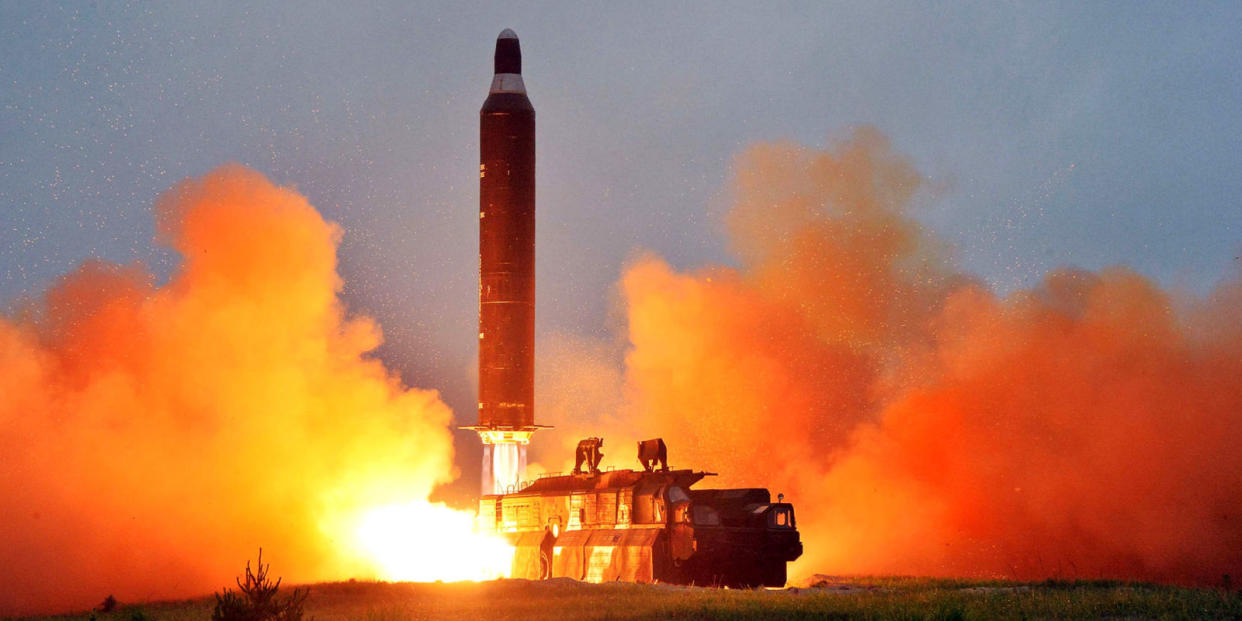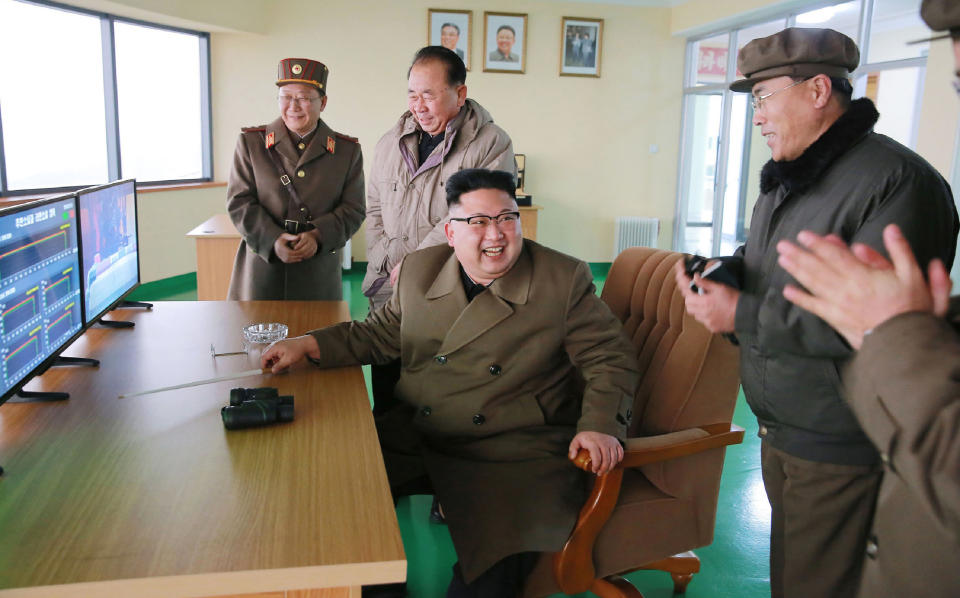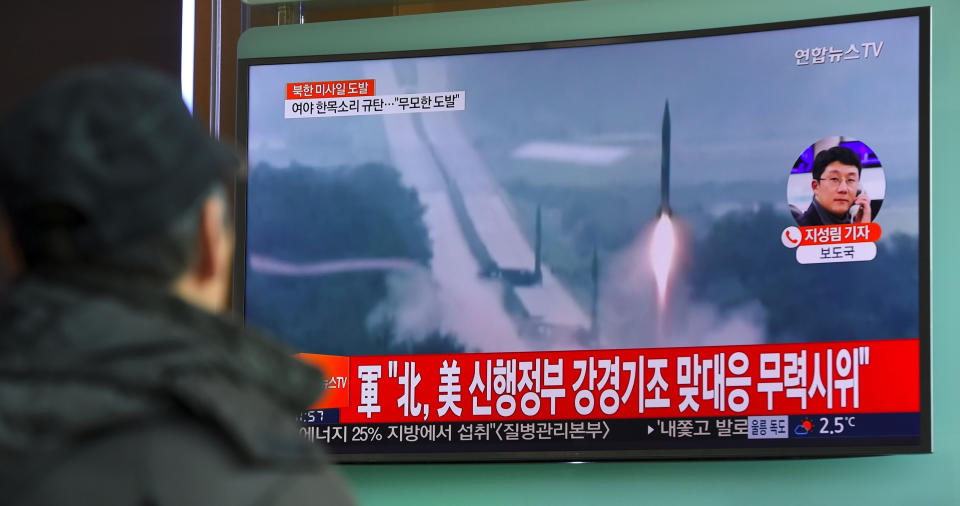What I Really Worry About When It Comes to North Korea

The North Koreans have now launched ballistic missiles three times in just over a month, most recently this past Tuesday. Last weekend, they tested a new type of engine. At the same time, Secretary of State Rex Tillerson announced a "harder" policy towards the country, explicitly stating that "all options are on the table," including pre-emptive action. Everybody panic.
But first let's make sure we are getting worried about the right thing.
It is not really North Korea's nuclear weapon program that worries me. They have already demonstrated the ability use a chemical nerve agent that kills in minutes. Is there really all that much difference between being killed in minutes by a nerve agent and dying in a nuclear flash? From a strategic point of view, the answer is, "not really." What really concerns me are their advances in rocket engines.
In Iraq and Afghanistan, the teams who focused on defeating the IED threat coined the term "Left of Boom." In other words, if you look at a timeline of an event with "Boom" in the middle, it is most productive to focus efforts on events to the left of that point. Stopping the explosion is a better way to save lives than adding more and more armor. The same concept applies to defeating missiles.

Until recently, we had quite a few options to defeat their missiles before arrival. Interception, of course, is one option and we have pursued that. But interception is both risky and expensive, and it is obviously our last chance to stop things before the "boom." Far better are options that allow you to defeat the missile before it even leaves the ground. The possible solutions in that area are both more numerous and varied. For example, cyberwarfare might let you cause a failure of the missile early, or you might use your own missiles, or rockets, or bombs, or as a last resort, even troops on the ground. But all of those options take some time to put into effect. Therein lies my concern. North Korea is making advances in their rocketry that may allow them to go from storage to launch in a much shorter period of time, thereby potentially drastically reducing our own options.
Without going into details, all rockets have a few things in common. Foremost is the fact that a rocket contains all of the elements required for sustaining combustion (both fuel to burn and oxygen) within itself. This can be done in two ways, using either solid or liquid fuels. Beginning in the early 20th century, rockets started to use liquid fuels more extensively, storing two tanks inside, one containing fuel and the other liquid oxygen. Pump those two things out, add a source of ignition, and voila, you can produce a massive amount of thrust to throw your rocket into the sky.
But because liquid oxygen boils at -297 degrees Fahrenheit it is not practical (not to mention damned dangerous) to keep it stored for any length of time within the rocket itself. Much the same applies to the various types of fuels. Instead, the oxygen (and the fuel) usually needs to be stored in a special facility, a cryogenic facility that can be cooled and kept cool to between -361 and -297 degrees. That takes a lot of energy, insulation, and significant engineering, and all of that means that such a rocket is not exactly "mobile" in any way. This is especially true since the rocket must be fueled just before (minutes, or at best hours) it takes off. That process also requires a significant amount of time … time that gives us options.

Solid rocket-fuel, on the other hand, is not quite as efficient. The fuel-to-lift ratio is not as favorable, and it is also damned difficult to engineer at a large scale. But here is the kicker: solid rocket fuel can be stored for long periods of time. Indeed, it is often built right into the rocket shell itself. That means it can be launched almost immediately after the rocket is put into a launching position. No fueling process is required, just ignition, and humans can make flame fairly easily. All of which means that solid fuel rockets can be fired in minutes, they can be mobile, and they are really the only option that can be used from submarines. These basic engineering facts are what worry me.
It now appears that the North Koreans are making serious advances in large solid-fuel rockets. That opens up all sorts of options for them, and may drastically reduce our own. With every advance in these types of missile engines, getting to the Left of Boom becomes more difficult for us. With a regime as fundamentally dysfunctional as North Korea, that is not a good thing.
As always, I can be reached at R_Bateman_LTC@hotmail.com.
Respond to this post on the Esquire Politics Facebook page.
You Might Also Like

